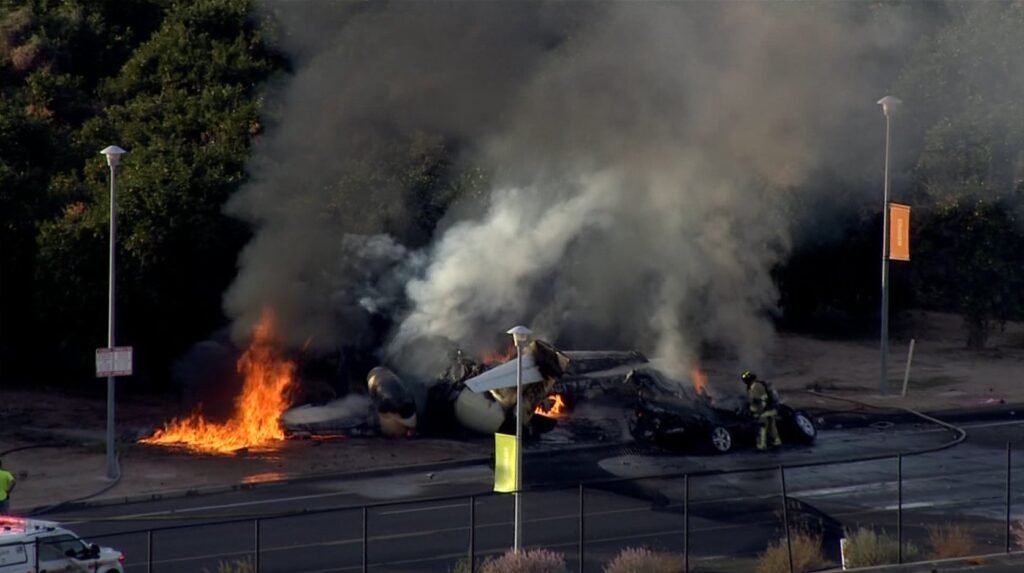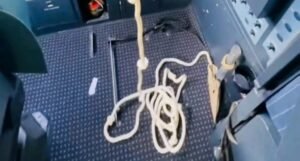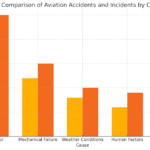Emergency equipment of AIRBUS and BOEING Aircrafts and its intended use: Somendra Pandey ( Airplane Beast)

The emergency equipment onboard an aircraft is designed to ensure the safety of passengers and crew, enabling effective responses to a wide range of emergency scenarios. these items listen in Emergency equipment location chart known as EELC, placed in document on board file. Here’s an overview of each item and its intended use:
Halon Fire Extinguishers: Halon extinguishers are designgd to combat fires involving flammable liquids (Class B fires) and electrical fires (Class C fires). They interrupt the chemical reaction that sustains a fire without leaving a residue. Since Halon gas can be harmful if inhaled, it is recommended that crew members wear protective breathing equipment when using these extinguishers.
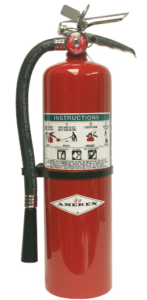 |
| Source: Internet |
Protective Breathing Equipment (PBE): PBEs are used to protect the crew from smoke, fumes, and toxins in the event of a fire. PBEs protect crew from smoke and toxins by creating an oxygen-enriched environment, with clear, anti-fog visors for visibility and communication. Easy to don, they supply oxygen for 15–20 minutes, allowing safe emergency response. Regular maintenance ensures oxygen levels, seal integrity, and quick accessibility.
 |
| Source: Internet |
Crash Axes
: The crash axe is a multipurpose tool designed to cut through variousmaterials or pry open areas, which can help the crew access certain parts of the aircraft structure in emergencies or aid with evacuation.
 |
| Source: Internet |
Flashlights: Flashlights are placed throughout the cabin to help crew and passengers navigate during low-visibility situations, such as during a cabin power outage or if the cabin fills with smoke.
 |
| Source: Internet |
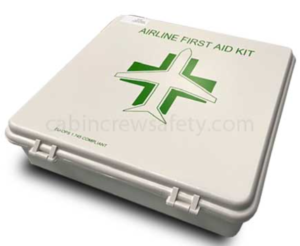 |
| Source: Internet |
Emergency Locator Transmitters (ELTs) are crucial devices on an aircraft that automatically transmit distress signals in the event of a crash or severe impact. These signals are sent to emergency services and monitored by satellites, allowing rescue teams to quickly determine the aircraft’s location. ELTs operate on designated emergency frequencies, enhancing the likelihood of prompt detection and response. Regularly checked and maintained, these devices play a vital role in aiding timely rescue efforts, potentially saving lives in critical situations.
 |
| Source: Internet |
Escape Slides: Escape slides are located within the pgssenger entry doors and can be deployed in an emergency. When deployed, they inflate quickly to serve as a safe
means of exiting the aircraft, especially in scenarios where the door exit is too high to jump from safely.
Emergency escape Hatch :crew members can manually operate the hatch, ensuring a reliable escape route regardless of the situation. This hatch provides an essential safety feature, allowing pilots to evacuate quickly and securely when standard exits are inaccessible due to blockages or technical issues. Emergency escape hatches in the cockpit are typically found on larger commercial and military aircraft where safety redundancy is essential due to the complex cockpit and fuselage design. This feature is especially common in:
-
Commercial Airliners: Large aircraft, such as Boeing (e.g., 747, 777) and Airbus (e.g., A330, A350, A380) models, often have escape hatches or windows for cockpit crew evacuation if access to the main cabin is compromised.
 |
| Source: Internet |
Pre-Flight Checks: Before each flight, cockpit crew and cabin crew members conduct pre-flight checks to ensure that all emergency equipment is in good condition and properly stowed. This step is essential for safety, ensuring that everything is ready and accessible if needed in an emergency.
These items are essential for maintaining safety and enabling effective responses to various emergency situations during a flight.


